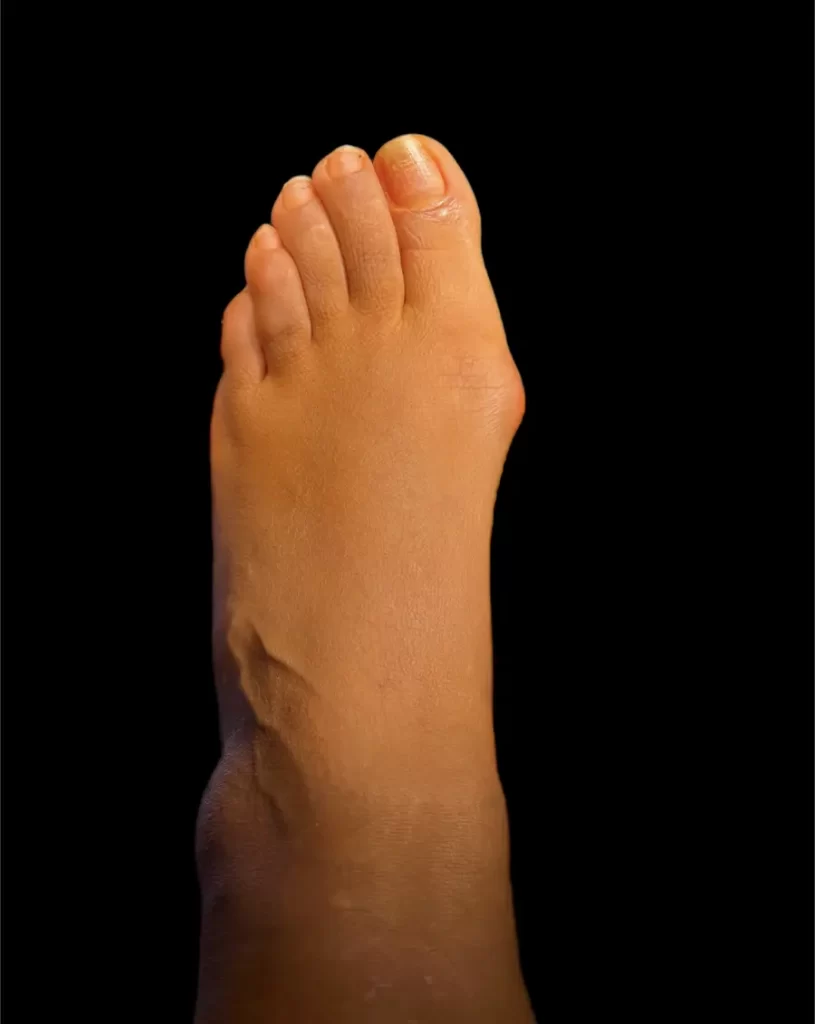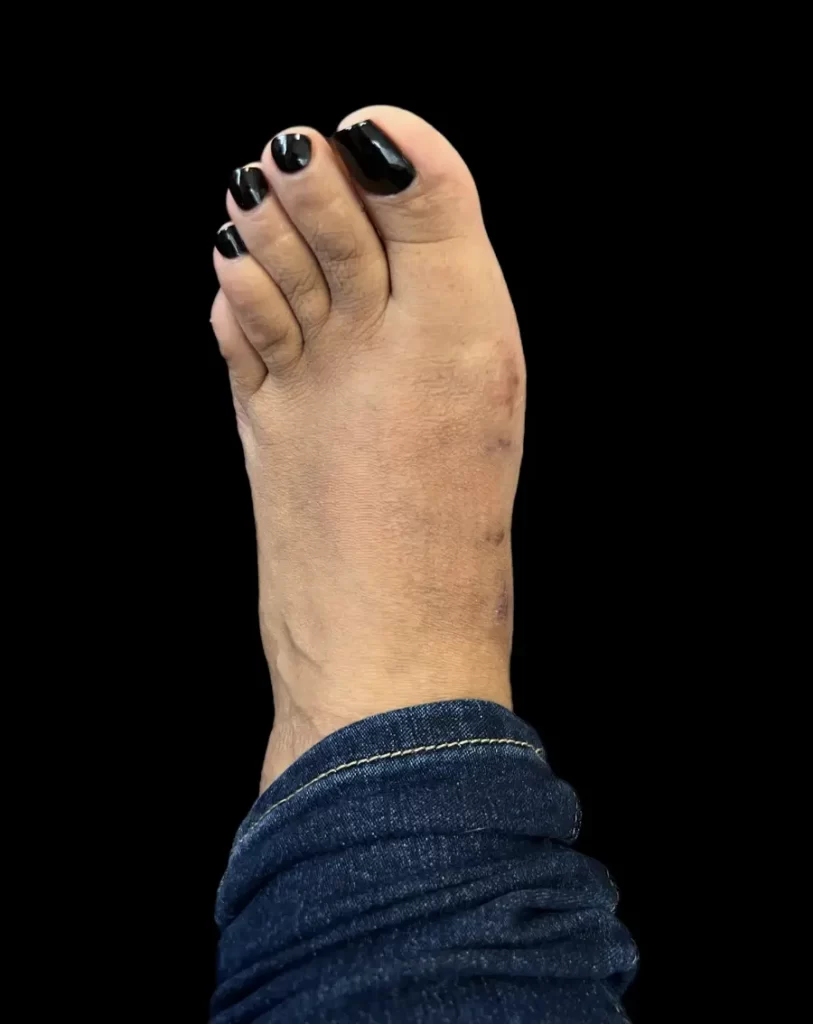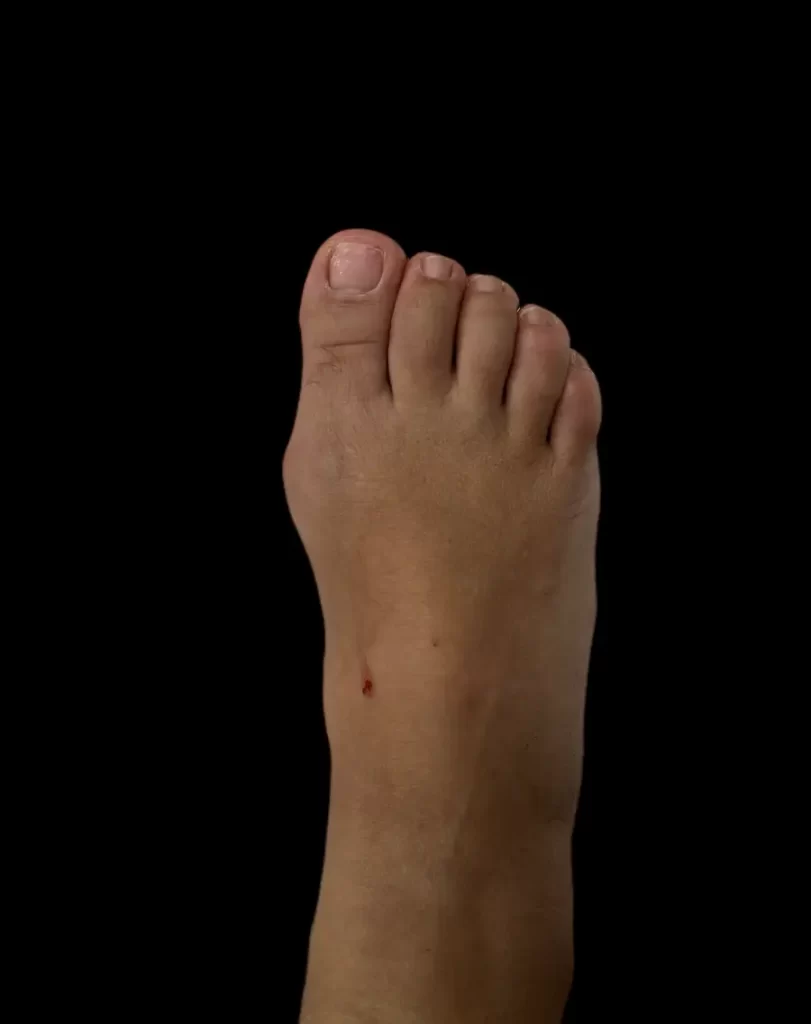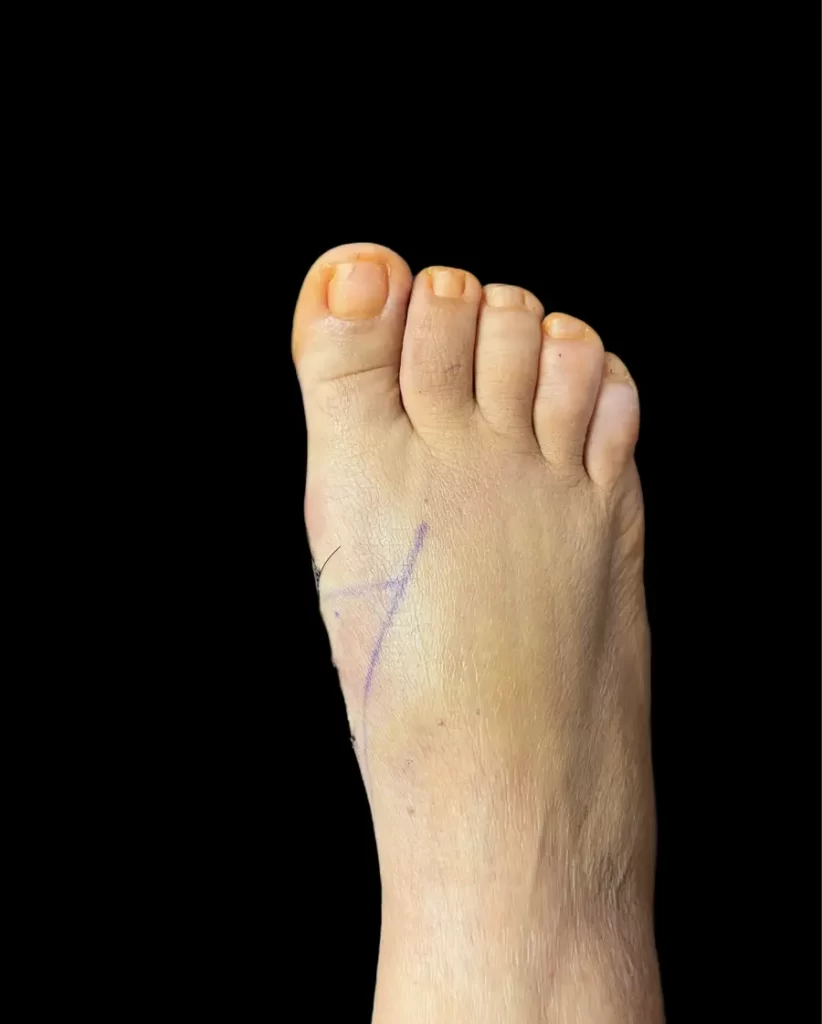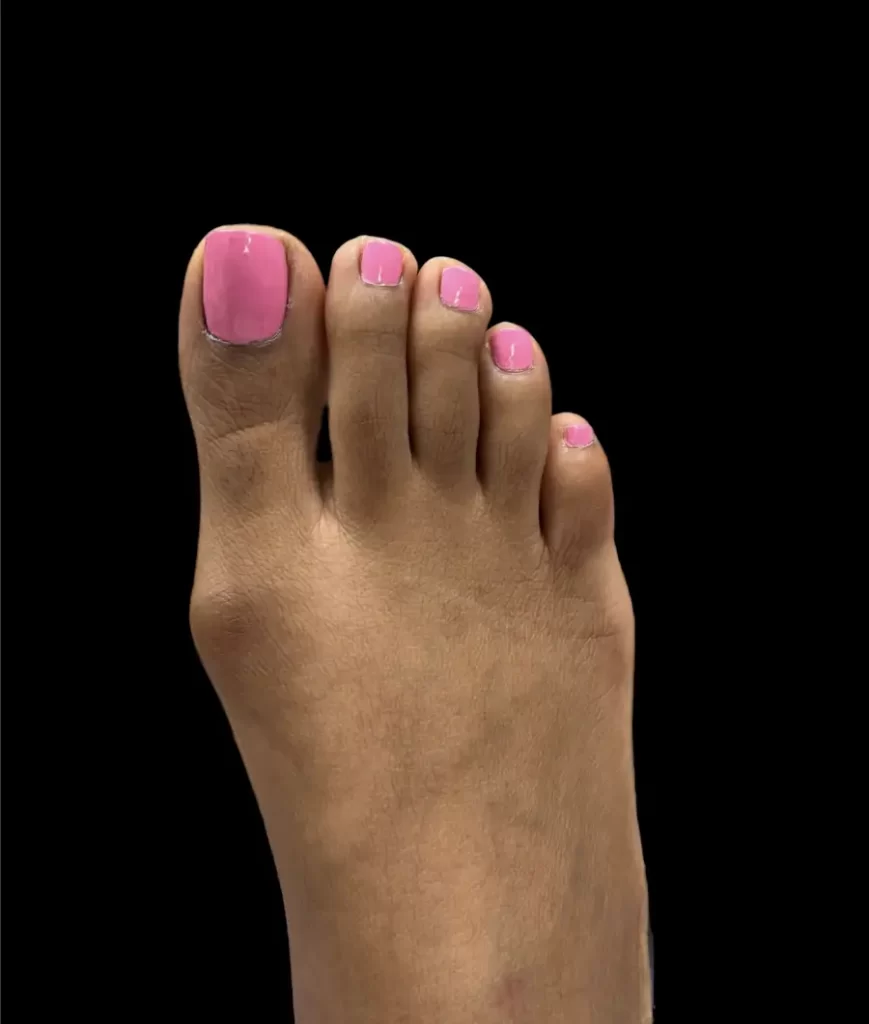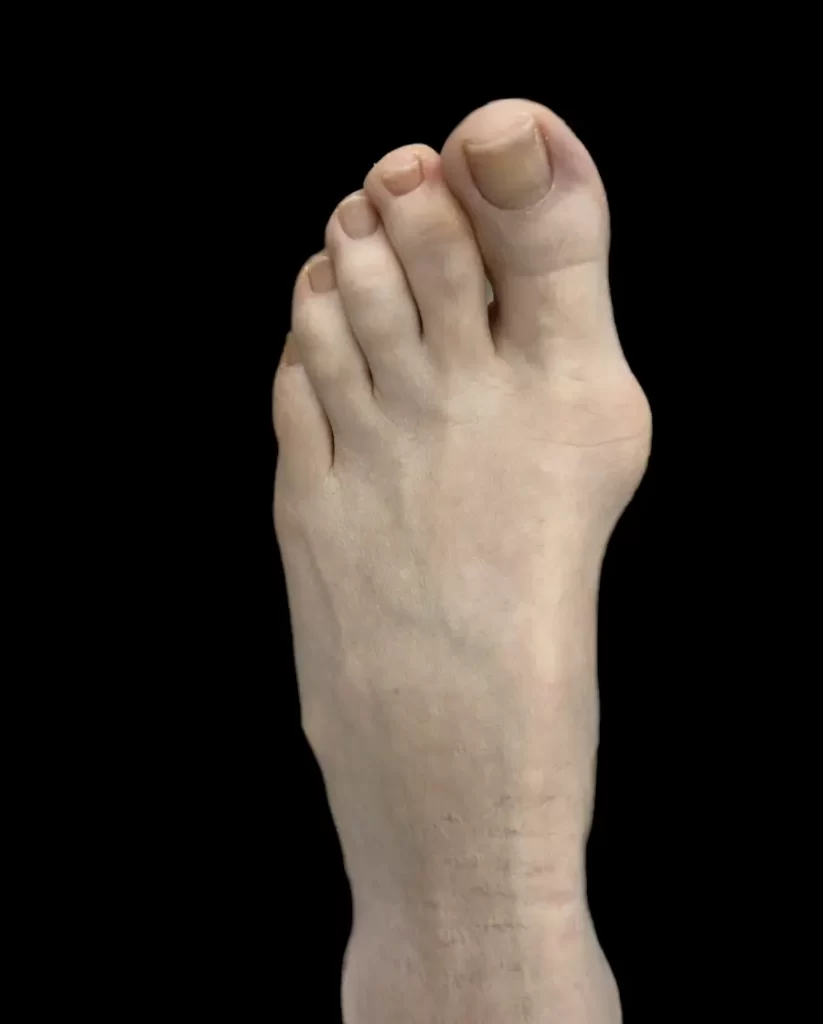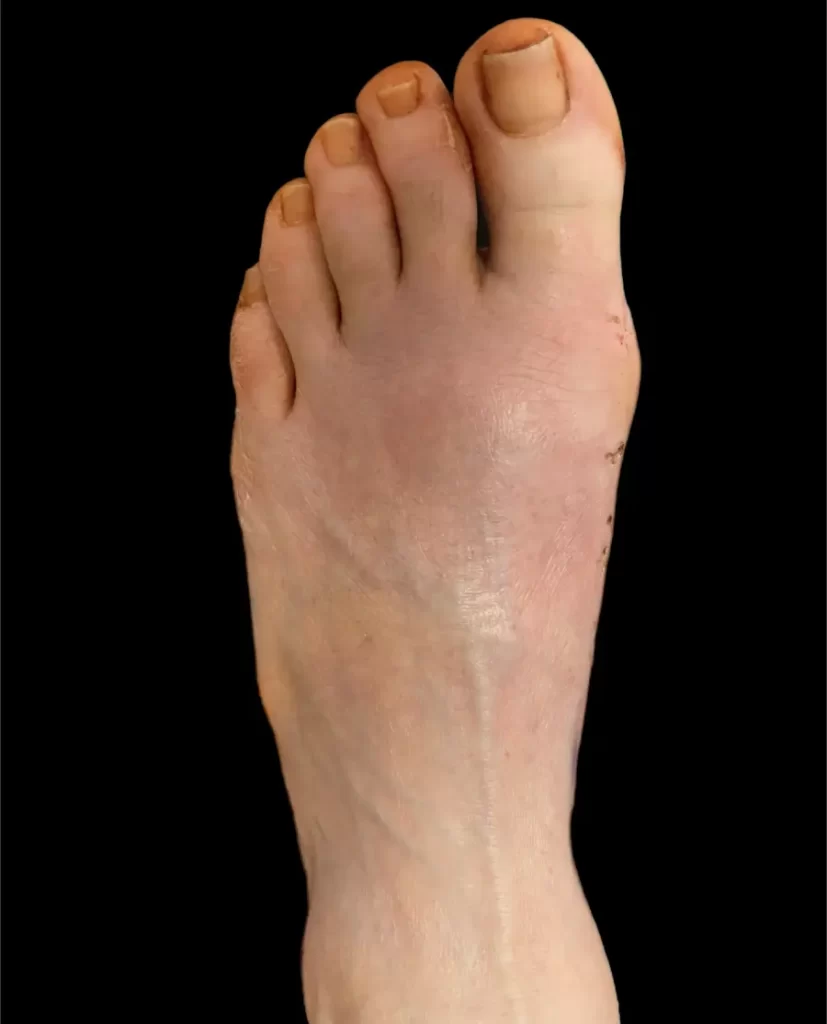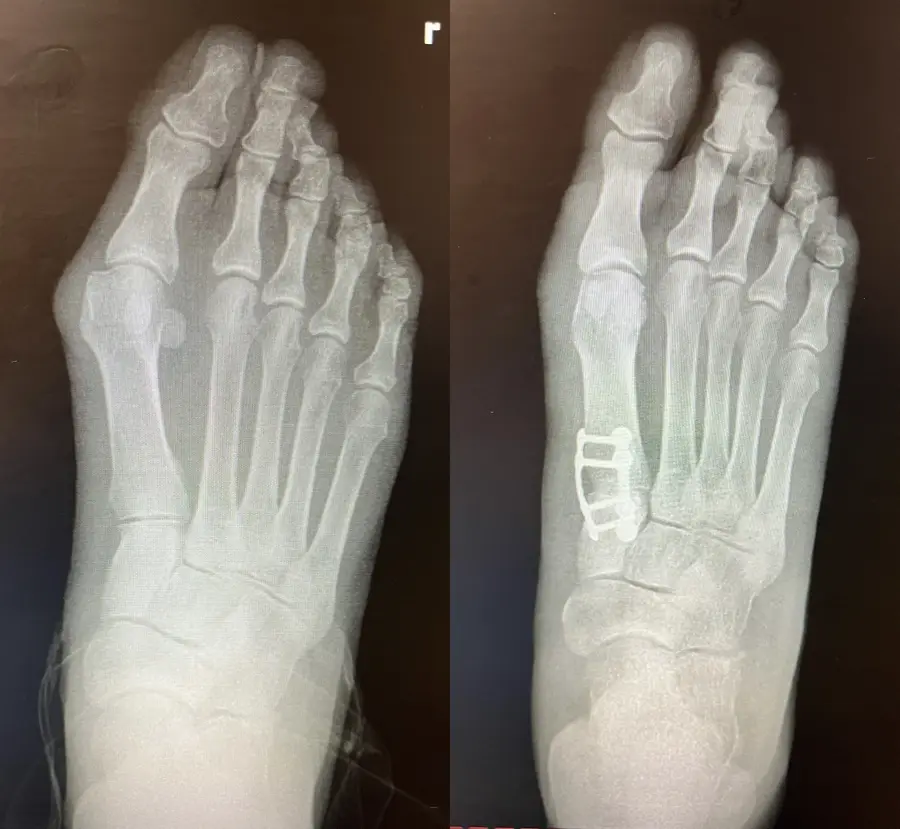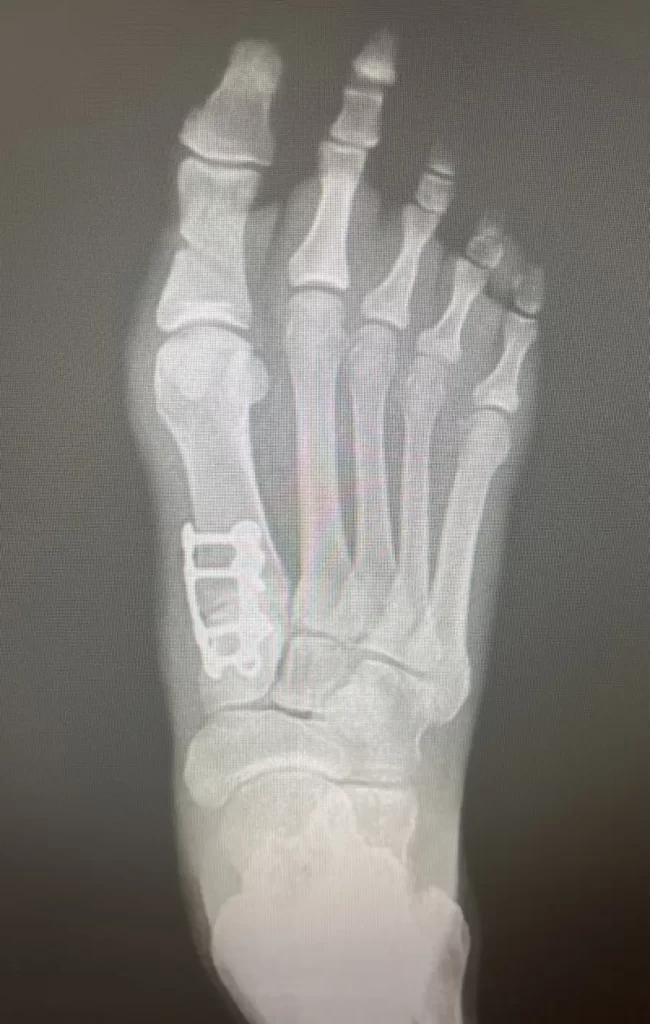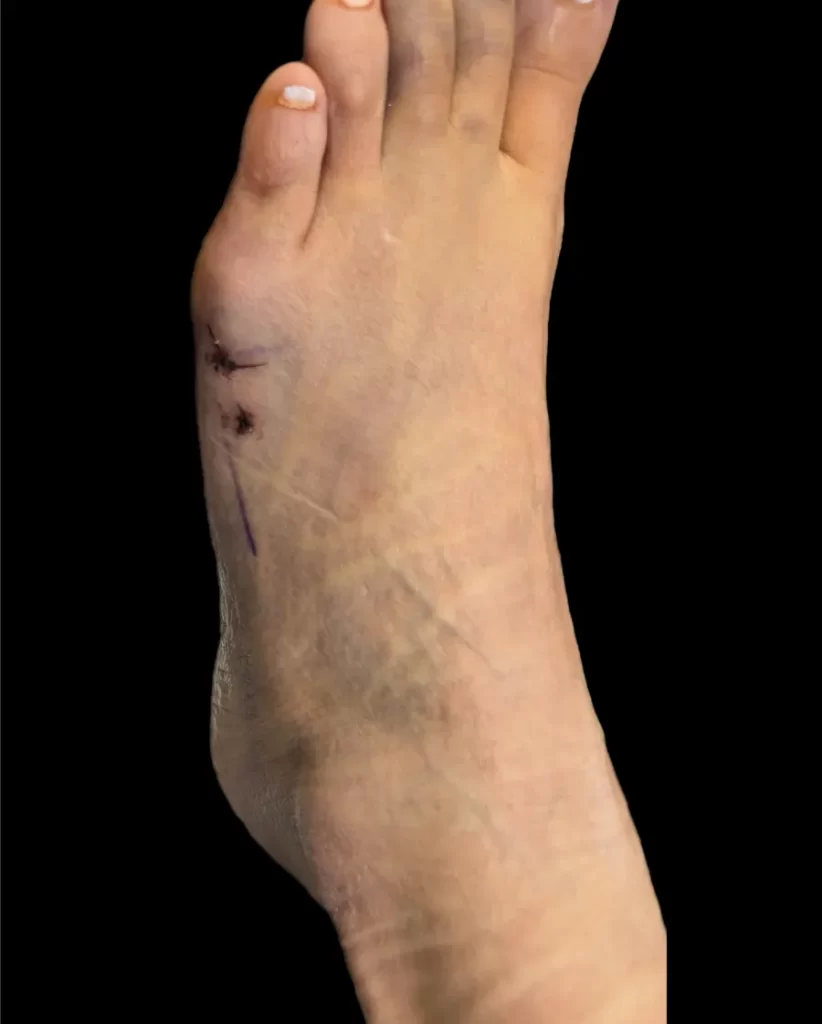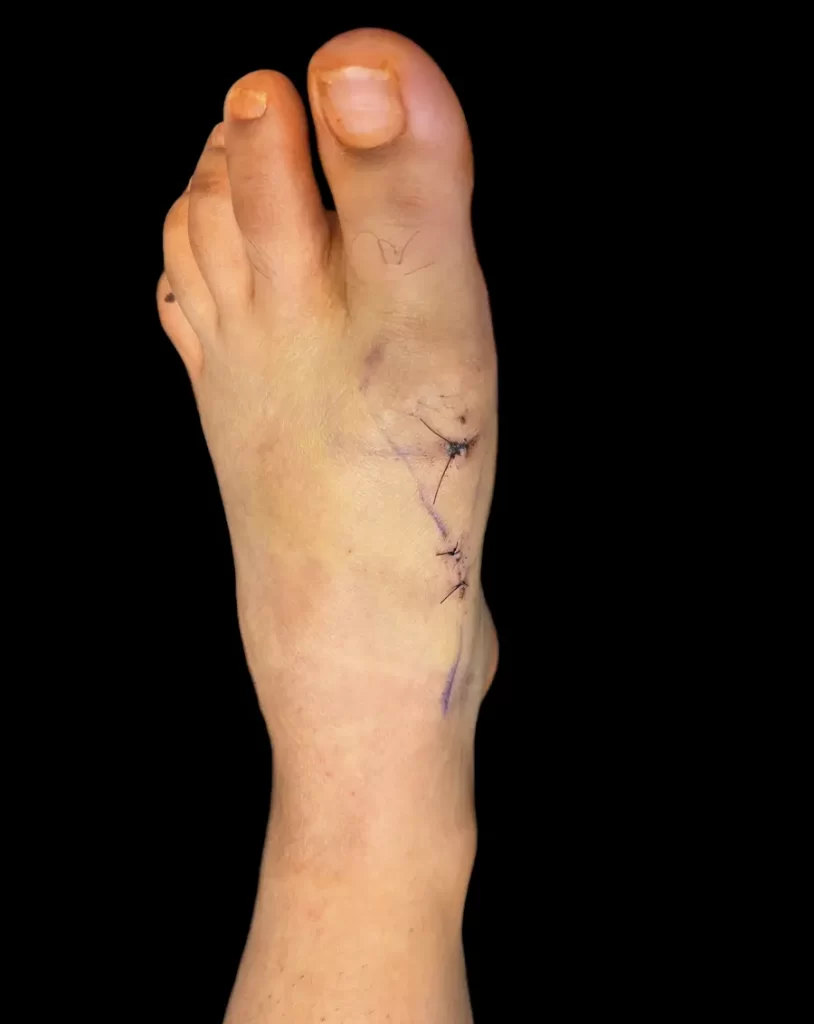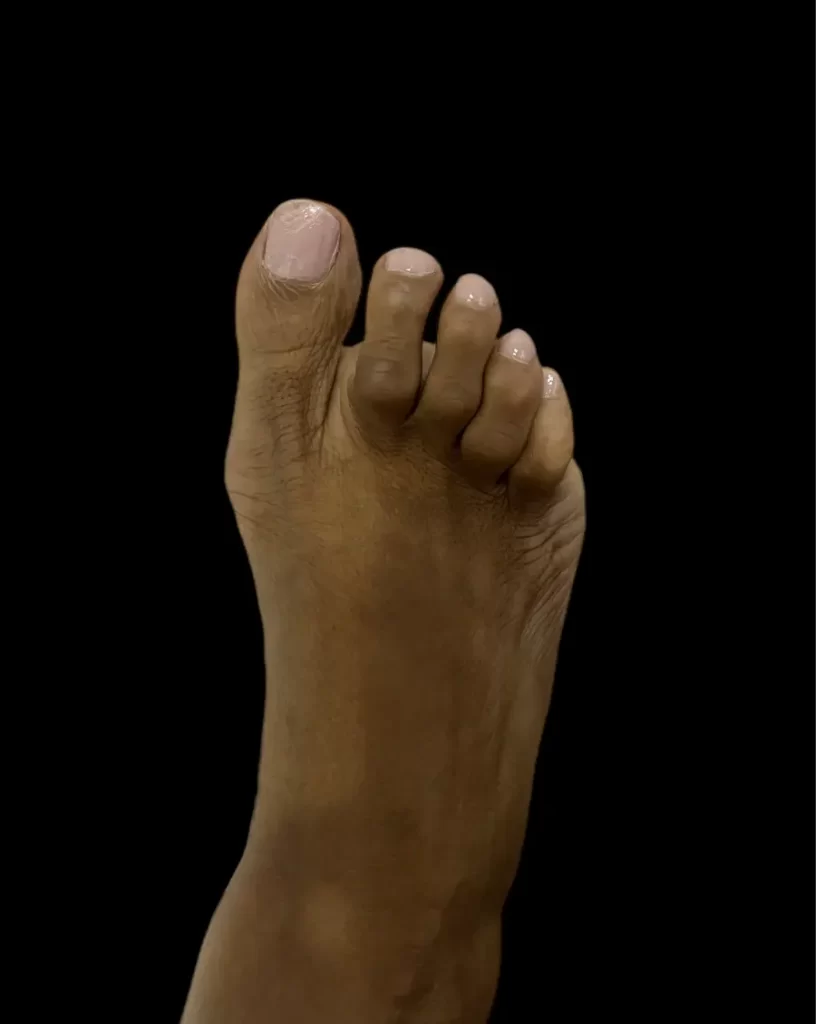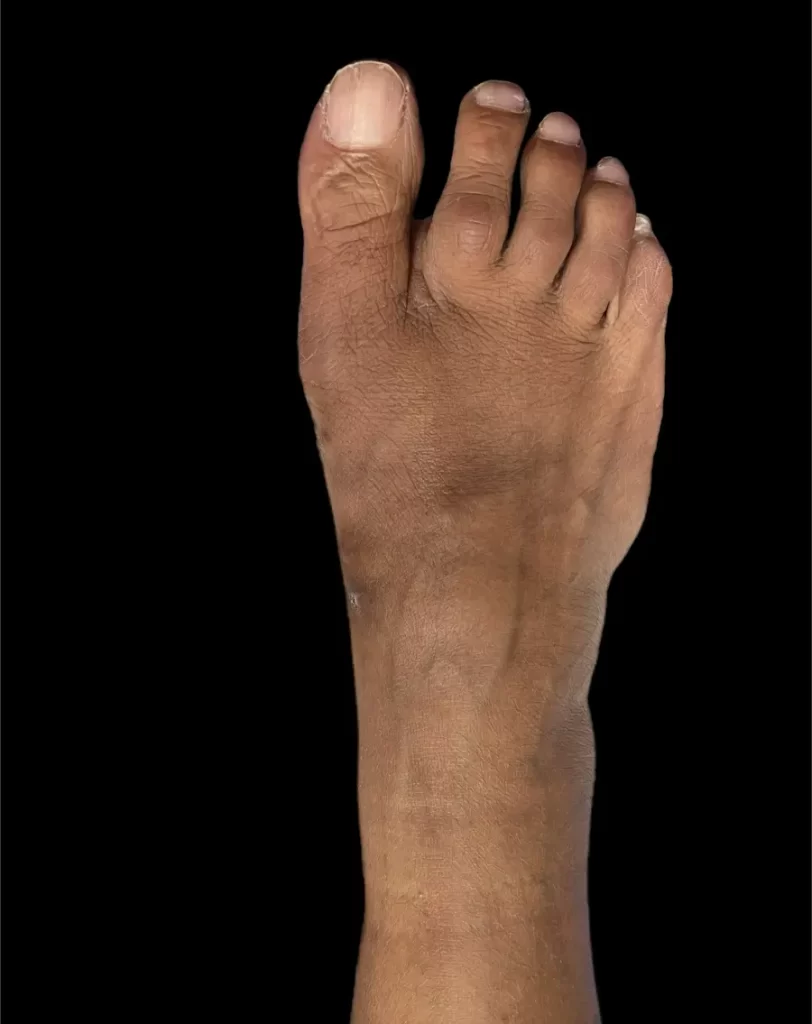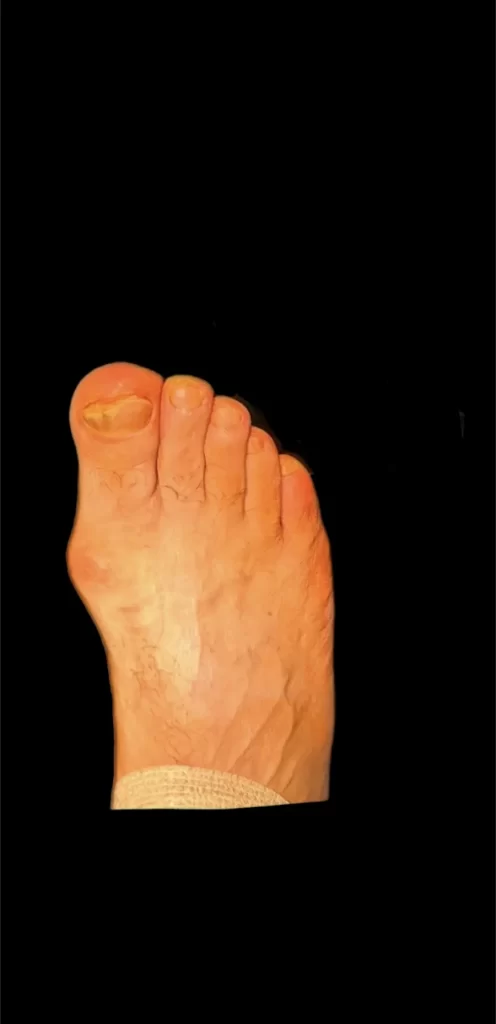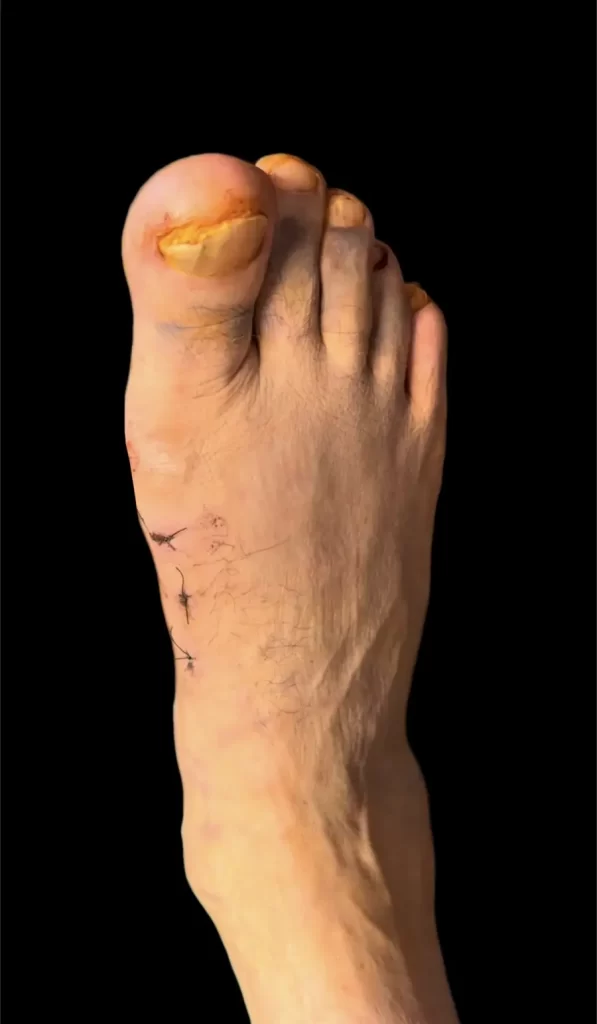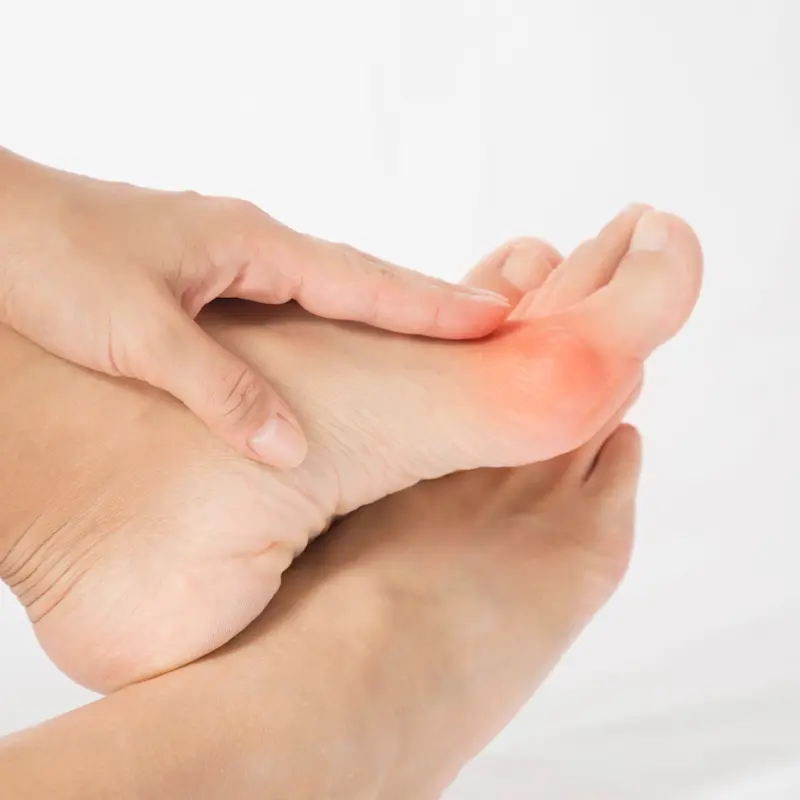What are signs and symptoms of Bunions and Hammertoes?
Bunions:
- Visible bump on the side of the big toe
- Pain and soreness
- Inflammation and redness
- Restricted movement of the big toe
Minimally Invasive Surgery & Lapiplasty
Minimally invasive surgery (MIS) for bunions and lapiplasty are both surgical techniques used to treat bunions, but they differ significantly in their approach, technique, and sometimes in their goals.
Our Case Studies
Minimally Invasive Surgery
Minimally invasive bunion surgery involves making small incisions to access the bunion or hammertoe area rather than the larger incisions used in traditional surgery. Through these small incisions, surgeons use specialized instruments to cut and realign the bones of the foot.
Lapiplasty
Lapiplasty is a surgical procedure designed to correct hallux valgus, commonly known as a bunion. Unlike traditional bunion surgery that often involves cutting and realigning the bone (osteotomy), lapiplasty addresses the deformity in three dimensions, correcting the root cause of the bunion. Lapiplasty realigns the misaligned metatarsal bone at its base, addressing not just the visible bump but also the structural deformity causing the bunion.
Minimally Invasive Bunion Surgery FAQ
For a proper diagnosis and recommended treatment plan,
we suggest you consult with a podiatrist for professional help and care.





